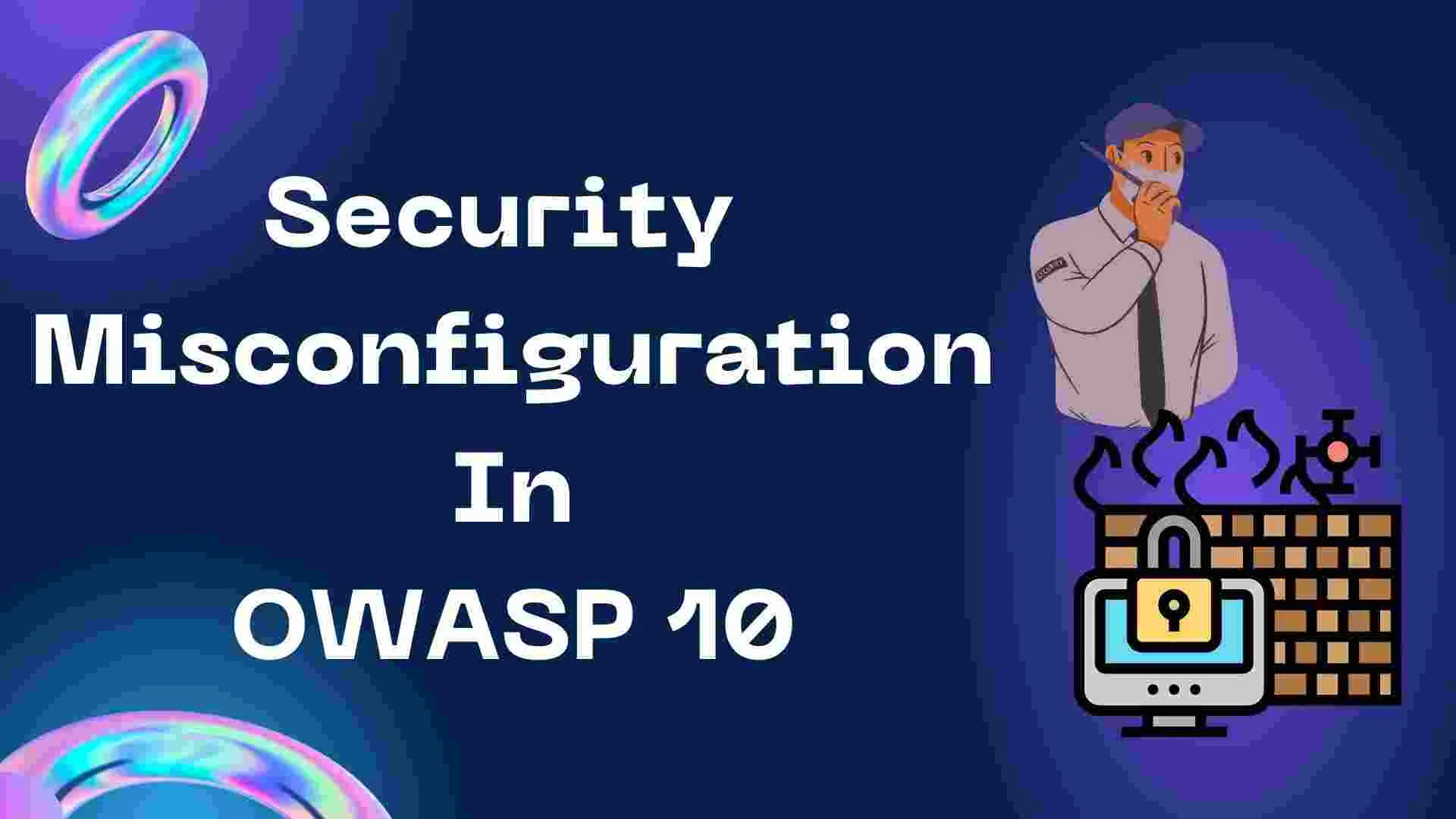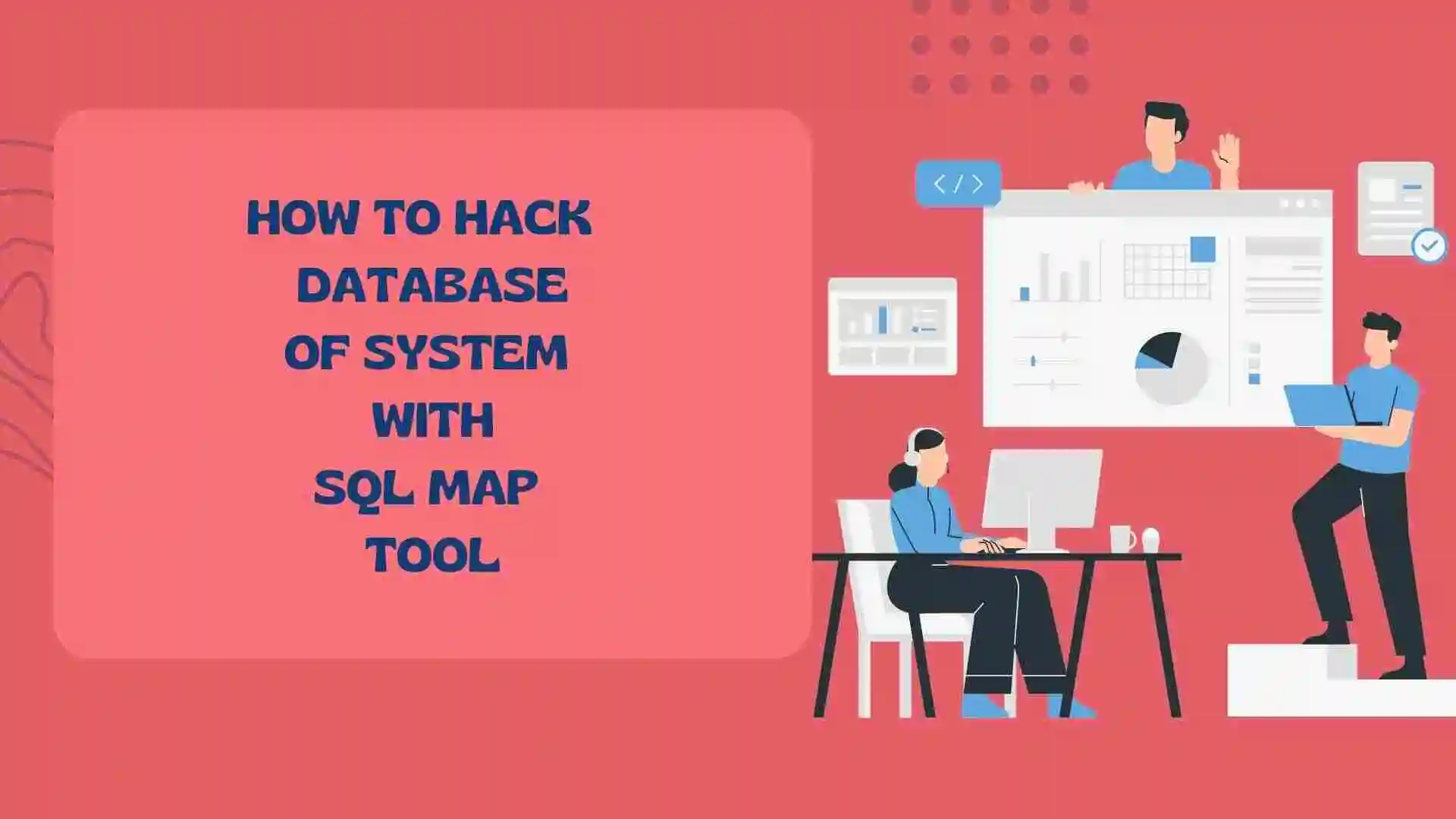In this blog, we will learn about security misconfiguration, which is one of the vulnerabilities in OWASP 10. Security misconfiguration can give attackers permission of their applications and exploit the database of the users. So let’s see how we can prevent it and see what are the impacts of it.
Table of Contents
- Introduction to Security Misconfiguration
- Impact of Security Misconfiguration
- Mitigation for Security Misconfiguration
- Blogs related to Cyber Attacks
- Posts related to Linux
Introduction to Security Misconfiguration
Security misconfiguration refers to the improper or inadequate configuration of software, applications, services, or systems that can lead to vulnerabilities and expose them to potential security threats. It is a common and critical security issue that occurs when settings, defaults, permissions, or access controls are not properly configured or are left in insecure states. Attackers often look for security misconfigurations to exploit and gain unauthorized access, compromise data, or disrupt services.
Security misconfiguration can occur at various levels, including:
- Operating Systems: Insecurely configured operating systems can expose unnecessary services, weak authentication settings, or default passwords, making it easier for attackers to gain unauthorized access.
- Web Applications: Misconfigured web applications might expose sensitive information, directories, or files, or allow unauthorized access to administrative functions.
- Databases: Incorrect database configurations can lead to data leaks, unauthorized access, or even the complete compromise of sensitive data.
- Cloud Services: Misconfigured cloud services and storage can expose data to the public internet, leading to data breaches.
- Network Devices: Routers, firewalls, and other network devices with poor configurations can create openings for attackers to infiltrate the network.
- Web Servers: Improperly configured web servers can allow attackers to exploit vulnerabilities, such as directory traversal or remote code execution.
- APIs: Misconfigured APIs (Application Programming Interfaces) can expose sensitive data or allow unauthorized access to resources.
Common examples of security misconfigurations include:
- Leaving default passwords unchanged on software or devices.
- Allowing directory listings on web servers.
- Failing to update software or apply security patches.
- Overly permissive access controls that grant unnecessary privileges.
- Not implementing proper authentication and authorization mechanisms.
- Exposing sensitive data or services to the public internet.
- Improperly securing cloud storage or databases.
Impact of Security Misconfiguration
Security misconfiguration can have serious and far-reaching consequences for organizations, their assets, and their users. The impact of security misconfiguration can vary depending on the specific systems affected, the nature of the misconfiguration, and the intentions of potential attackers. Here are some potential impacts of security misconfiguration:
A) Unauthorized Access:
Misconfigured security settings can lead to unauthorized access to sensitive systems, data, or resources. Attackers may exploit misconfigurations to gain entry and potentially compromise confidential information or disrupt critical services.
B) Data Breaches:
Inadequately secured databases, applications, or cloud services due to misconfigurations can lead to data breaches. Attackers could extract, modify, or delete sensitive data, leading to financial loss, regulatory fines, and reputational damage.
C) Data Loss or Leakage:
Misconfigurations that expose sensitive data to the public internet or unauthorized users can result in data loss or leakage, potentially leading to legal and compliance issues.
D) Service Disruption:
Security misconfigurations can cause service disruptions or downtime. Attackers might exploit misconfigurations to launch denial of service (DoS) attacks or disrupt the availability of critical systems.
E) Malware Injection and Exploitation:
Misconfigurations can make it easier for attackers to inject malware or exploit vulnerabilities in systems. This can lead to the execution of arbitrary code, data manipulation, or further compromise.
F) Cascading Effects:
A single misconfiguration can potentially lead to a chain reaction of vulnerabilities and exploits, allowing attackers to move laterally through a network or escalate their privileges.
Mitigation for Security Misconfiguration
Mitigating security misconfiguration requires a proactive and systematic approach to ensure that systems, applications, and services are properly configured to minimize vulnerabilities and reduce the risk of unauthorized access or data breaches. Here are several mitigation strategies to help prevent and address security misconfiguration:
- Secure Configuration Management:
- Establish and enforce configuration standards for all software, applications, and systems.
- Document and maintain an inventory of software, services, and components in use.
- Use configuration management tools to automate and track configuration changes.
- Secure Defaults and Hardening:
- Apply secure default settings during software installation and deployment.
- Follow vendor and industry best practices for hardening operating systems, databases, web servers, and other components.
- Least Privilege Principle:
- Implement the principle of least privilege by granting users and services only the necessary permissions to perform their tasks.
- Regularly review and update permissions to ensure they are aligned with business requirements.
- Web Application Security:
- Implement proper input validation and output encoding to prevent injection attacks.
- Disable directory listing and implement access controls to protect sensitive directories and files.
- Database Security:
- Implement strong authentication and access controls for databases.
- Regularly review and audit database permissions to ensure they are necessary and appropriate.
- Network Security:
- Implement firewalls and intrusion detection/prevention systems to monitor and filter incoming and outgoing traffic.
- Regularly review and update firewall rules to block unauthorized access.
- Secure Development Practices:
- Incorporate security into the software development lifecycle, including design, coding, testing, and deployment phases.
- Perform code reviews and use static and dynamic analysis tools to identify misconfigurations.
- Regular Security Assessments:
- Conduct regular security assessments, vulnerability assessments, and penetration testing to identify and remediate misconfigurations.
- Use automated scanning tools to detect common misconfiguration issues.
- Third-Party Risk Management:
- Assess the security practices of third-party vendors and partners to ensure they follow secure configuration practices when integrating with your systems.
By implementing these mitigation strategies and maintaining a continuous focus on secure configuration practices, organizations can significantly reduce the risk of security misconfiguration and its potential impact on their systems, data, and operations.
Blogs related to Cyber Attacks
- 10 Tips for the User to Prevent from Being Hacked by Hackers
- Cookie Hijacking, How to Detect and Prevent It with Practicals
- Session Hijacking, and How to Detect and Prevent It with Practicals
- Social Engineering and its Different Types in CyberSecurity
- What is Privilege Escalation Attack, its Types, and Prevention
- KeyLogger Attack and How to Detect and Prevent It
- Eavesdropping Attack and How to Prevent it in Ethical Hacking
- Drive-By Attack and How to Prevent it in Ethical Hacking
- Steganography Attack and How to Hide and Send Data in Image
- What is SQL Injection, its Type, Prevention, and how to perform it
- Broken Access Control Full Guide OWASP 10 in Ethical Hacking
- Insecure Deserialization in Ethical Hacking OWASP 10
- Host Header Injection | How to Attack the Header of a Request
- Email Header Injection | How to Send an Email to an Unknown Person
- DOS Attack (Denial of Service) and Prevent or mitigate with it
- Sensitive Data Exposure Vulnerability OWASP10 in Ethical Hacking
- LDAP Injection and What are the Impact and Mitigation of LDAP
- OS Command Injection Attack, Prevent and Detect with Examples
- Code Injection Attack | How to inject the code into the website
- XPath Injection and What are the Impact and Mitigation of XPath Injection
- CRLF Injection and What are the Impact and Mitigation of CRLF Injection
- Cross Site Scripting or XSS Attack | How to Detect and prevent from XSS Attack
- XML Attack or XML External Entities (XXE) and How to Detect and Prevent it
Posts related to Linux
- What is Linux Operating System | Introduction to Linux
- Directory in Linux Define | Linux Directory & its Commands
- Explain the chmod command in Linux | Linux chmod command
- Linux User Management || User Management in Linux
- Linux Computer Network Advanced Command | Network Command
- Redirection in Linux I/O| Linux I/O Redirection
- CronTab and Job Scheduling in Linux | Make CronTab Project
- Linux Firewall Unlock Rules with Firewall-cmd Tutorial
- netstat command in Linux | Linux netstat command
- SSH Command Full Guide with Practical | Linux SSH Service
- awk command Guide | How to arrange the output of the file in Linux
- sed command Full Guide Tutorial | Linux sed Command
- Iptables commands Full Guide: How to make our own Firewall




